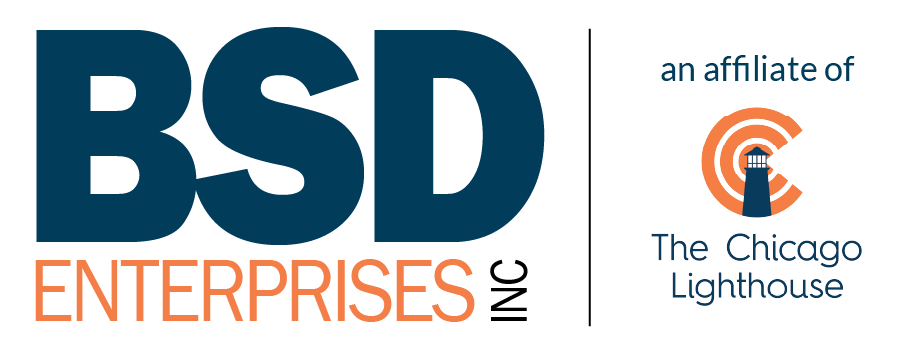Making CX Effortless starts with simplicity.”Put the cookies on the bottom shelf” is more than just a catchy phrase. It is a reminder that the easier we make things for customers, the more likely they are to have a positive experience. Just as placing cookies on the bottom shelf makes them accessible to everyone, simplifying processes ensures that all customers can easily reach and benefit from your services.
This principle holds even greater significance in customer experience (CX). It’s about creating interactions that are intuitive and accessible so that customers of all backgrounds and abilities can navigate them effortlessly. While achieving a seamless CX might seem straightforward, the numerous channels and devices customers use often complicate it.
The Power of Simplicity
According to a 2017 Forrester survey, 95% of customers use three or more channels to connect with a company in a single service interaction, with 62% using more than one device. Despite the digital shift, a 2023 ACA survey revealed that 81% of customers prefer voice interaction.
By simplifying every touchpoint, businesses can significantly enhance customer satisfaction and loyalty, making themselves the clear choice for customers seeking hassle-free experiences. The challenge lies in maintaining this simplicity and accessibility across the complex landscape of modern customer interaction.
Understanding Customer Intent and Preference
To create a frictionless customer journey, you must understand your customer’s intent and their preferred channel for each type of interaction. Customers are accustomed to handling straightforward tasks digitally, such as opening accounts, booking tickets, and checking order statuses. For more complex, consultative matters, they seek human interaction. Are you ready to “set the cookies on the bottom shelf” and enhance their experience? What are the key ingredients in your recipe for success?
With this understanding of customer preferences, let’s examine how we can address common pain points in call centers to create a more seamless experience.
Here are some well-known pain points in call centers:
- Long hold times
- Being transferred
- Being sent to voicemail for callbacks
- Dealing with unprepared agents
Let’s explore how we can address these issues effectively.
Reducing Hold Times
Long hold times can be highly frustrating for both customers and agents alike. The average hold time for call centers in 2023 was 79 seconds, which can feel much longer in reality. Balancing supply and demand is a perennial challenge in call centers. While forecasting helps, external factors can disrupt call patterns, leading to longer hold times and increased frustration.
A practical solution is Queue Callback, a feature in IVR systems that provides callers with a virtual reservation spot. Queue Callback allows Customers to receive a callback when an agent becomes available rather than waiting on hold. This respects the Customer’s time while maintaining their place in line. This feature can reduce abandonment rates by up to 32%.
Minimizing Transfers
Customers call with specific needs, yet many call centers fail to understand their intent upfront. Integrating CRM data with an IVR or an IVA can significantly enhance this understanding. Transactional triggers (like payment due dates or order statuses) allow for a more relevant and flexible menu treatment, offering specific options upfront.
More than 20 years ago, MBNA America Bank used conditional-based triggers in an IVR based on call trends. They noticed a high incidence of transfers to their fraud department late at night, so they moved the “report lost or stolen card” option to the front of the menu during these times. This simple strategy helped callers when they were most vulnerable and quickly got them to the right place. This principle of adapting to customer needs based on data and trends can be applied to healthcare providers and municipalities to improve Customer experience and efficiency.
Avoiding Voicemail for Callbacks
Queue callbacks are beneficial, but relying on voicemail for callbacks is ineffective. Recent research by Forbes showed that 80% of callers do not leave voicemails, believing they won’t get a timely response. This missed opportunity can drive customers to competitors who offer immediate responses.
24/7 live answer services ensure a real person is always available to handle calls, regardless of the time. This immediate human connection can significantly improve customer satisfaction and prevent lost business opportunities by ensuring every call is answered in real-time.
Equipping Agents
Contact center agents are your brand ambassadors. While companies invest heavily in advertising and brand building, they often overlook setting their agents up for success.
In the 2022 State of Contact Center Knowledge survey, 49% of agent respondents said they must look at multiple windows to find answers, and 38% mentioned that information keeps changing. This ‘Swivel Chair’ phenomenon creates inefficiencies and disrupts the call flow.
A unified desktop experience and AI tools like Agent Assist can alleviate these issues. Companies using Agent Assist saw a 27% reduction in handle time and a 16% improvement in customer ratings. Additionally, Agent Assist improves onboarding times, which is crucial for maintaining consistency with remote agents.
The Ingredients for Success
Enhancing customer experience is the new competitive battleground for businesses. The key to success lies in making every interaction as simple and accessible as reaching for cookies on the bottom shelf. Are you simplifying you customer journey at every touchpoint? Start by identifying your most complex processes and finding ways to streamline them. Your customers—and your bottom line—will thank you.

